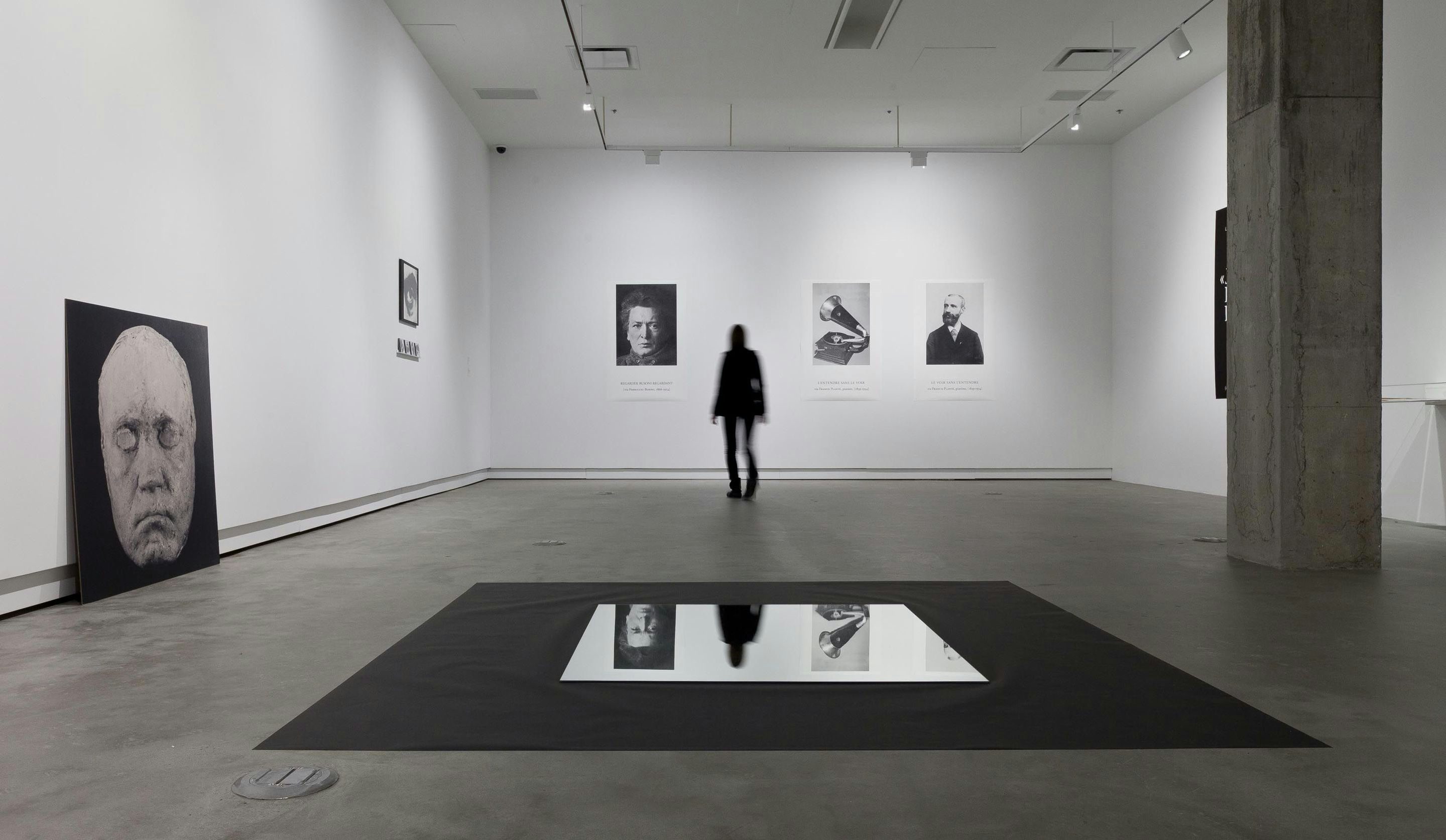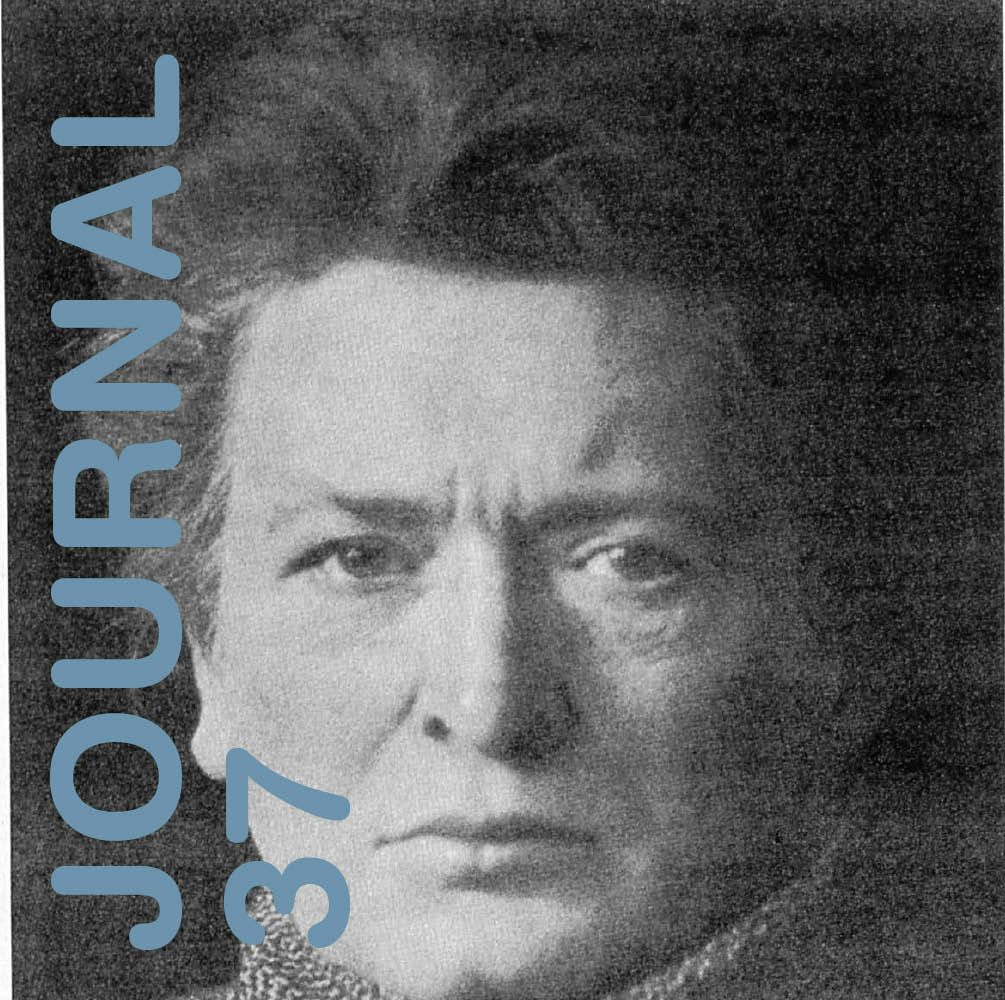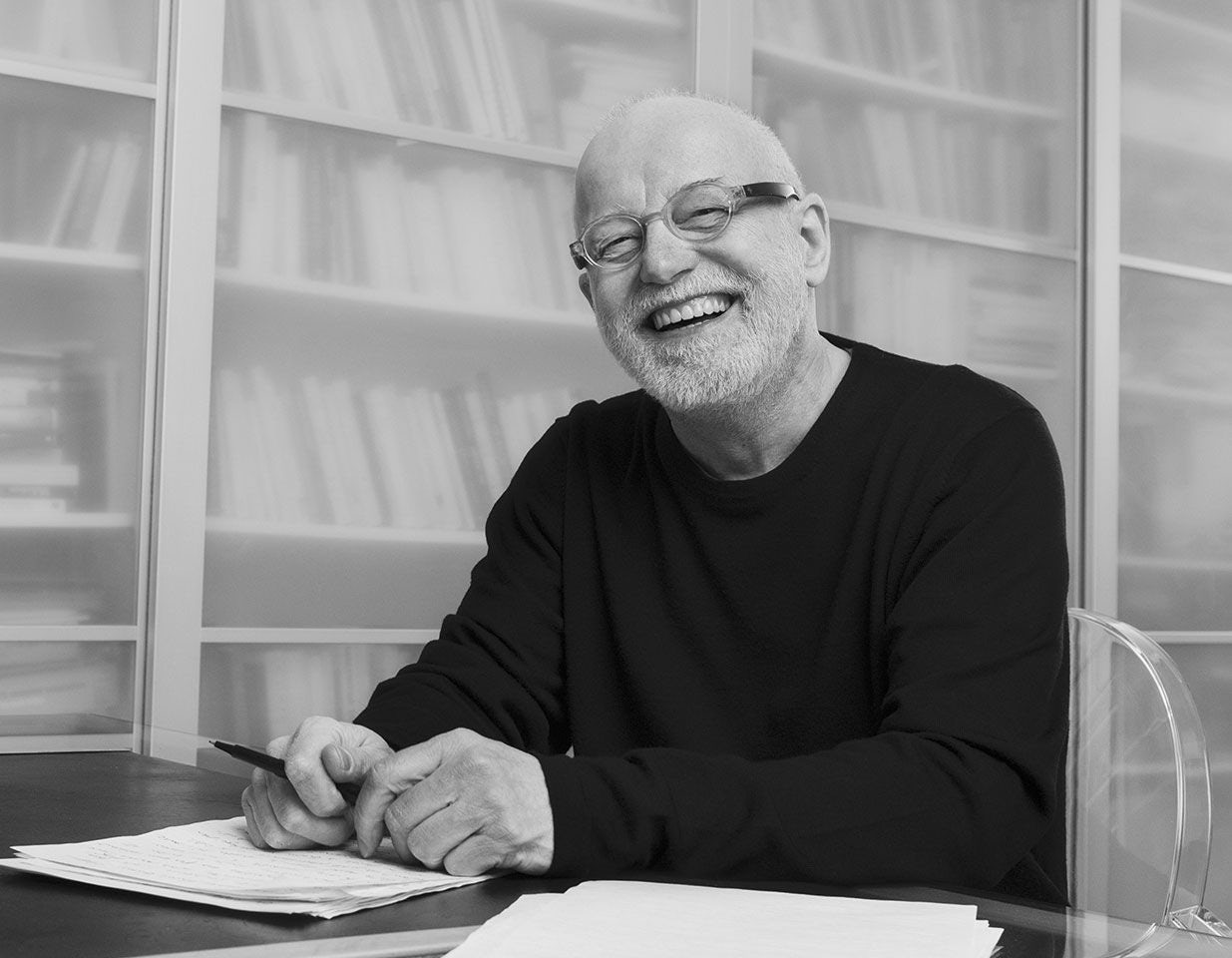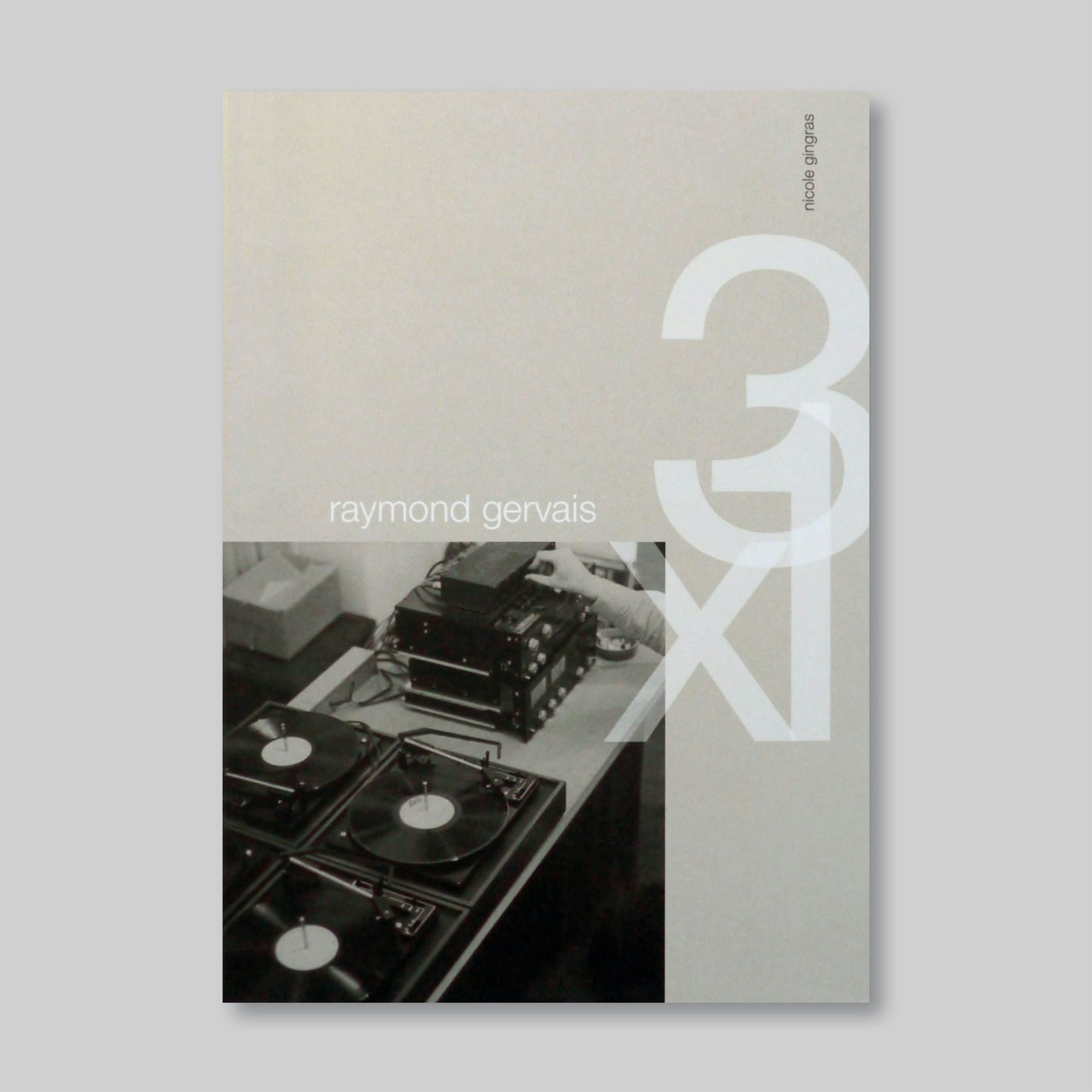
Raymond Gervais
3 X 1
2012.09.07 - 12.01
The Sea, the Desert
NICOLE GINGRAS
Active in the field of contemporary art since the early 1970s, Raymond Gervais has produced a singular corpus comprising photographic, text-based and sculptural work along with installations and performances, all of which investigate a problem that he has made his own : that of the aural imagination. A unique way of thinking about and conceptualizing sound, the act of listening—even sound as image. He is a pioneer in this area, and the influence of his work on younger artists’ practice is undeniable, albeit far too rarely discussed.

Less than a year separates the two instalments of the exhibition Raymond Gervais 3 x 1, that ten-month hiatus acting as a connecting thread between the two venues hosting the artist’s work. Whereas the selection at the Leonard & Bina Ellen Gallery at Concordia University highlighted the role of musical instruments and various sound transmission devices in Gervais’ work, this show at VOX, centre de l’image contemporaine, examines the question of the gaze, and the gaze in the act of listening. In this brief text I address some of the works being examined in that light.
WORDS
The works presented at VOX, many of which have never been exhibited before, come from the period 1993 to 2012, except for Nous vivons aujourd’hui au bord de la mer, a performance originally created in 1978–1981. Repetition, loops, cycles, spirals and ambu-lation are essential figures in Gervais’ work, as is listing, which was a core structuring principle of space-time in Nous vivons aujourd’hui au bord de la mer.1 That strategic choice by the artist foreshadowed the important roles of classification and collection in his future works.2 In Gervais’ art, listing creates a context. In Nous vivons aujourd’hui au bord de la mer, listing predisposes toward listening.
While conducting the research preparatory to that performance, the artist wrote La musique et la mer,3 a text that impresses by the richness of its information and the diversity of its points of view. It is polyphonic in nature, compiling references to phonograph records, quotes from musicians, philosophers, artists and thinkers, and Gervais’ own reflections. La musique et la mer is fascinating in the depth imparted to its subject, but especially in its open form : an unfinished text that, in its openness—or the impossibility of putting an end to it—evokes the infinity of the sea.
SOUNDS
In 1993, Gervais produced Dans le regard du son, a work that is stunning in its laconically effective manner of suggesting amplified listening. The installation juxtaposes a photograph of Ludwig van Beethoven, eyes closed, with two surfaces : one mirrored, the other matte black. The artist creates a space of resonance for the “silent” sounds in the head of a deaf composer. Interestingly, in 1981, Gervais had written : “For a musician who goes deaf, music—in shifting from sensory to conceptual, to absolute inwardness—becomes an abstraction, a mental architecture. It henceforth plays in the musician’s head, and before his or her eyes, on the score. It is therefore seen from the inside, and from a distance. One can imagine auditory memory playing an exceptional role in such a situation, constantly informing and correcting the composer with respect to his or her activity, according to history, tradition and prior learning, but only up to a point.”4
Other works expand upon this idea of “visual” sound or conceptual sound. They include the screen-printed posters in the series Écouter voir (2002–2004): Regarder Busoni regardant and the two images refering to Francis Planté, a musician known for having performed his works behind a screen, unseen by the listening audience ; as well as the small CD case on which is inscribed “La mer écoute Claude Debussy,” an excerpt from Le Théâtre du son, a work that is part of ongoing research into the domain of the aural imagination (concerts, discs, installations) begun in 1986, “works about sound or music but that are silent (sorts of scores for the audience to play/listen to for themselves, mentally, in private),” to quote the artist.
Raymond Gervais has continued to investigate imaginary formal objects. In 2000, he designed Poème phonographique (after Edgar Varèse’s Nocturnal), a selection of onoma-topes excerpted from the Varèse score and presented in 10 CD cases. In 2006, drawing upon Virginia Woolf’s The Waves, he produced Les films de l’imaginaire, two films that introduce us to another form of cinema,5 and created Vie et mort d’Aldéric Rapin, an installation consisting of 61 CD cases, inspired by the life and work of the Québécois painter (1868–1901). These four previously unexhibited works are the fruit of patient reading and editing by Gervais, who was attentive to words that would conjure images in the thoughts of the visitor (spectator or reader).
Depending on the works, Raymond Gervais is by turns a musician artist or sound artist composing with silence ; a performance artist ; and an essayist and fiction author, working on the narrative of a work, a text, an installation or a performance like a score, the first to listen for the imaginary potentiality of an image, a narrative, a sound, a word, a silence.
Curated by Nicole Gingras, Raymond Gervais 3 x 1 is a two-part exhibition with an accompanying publication. A coproduction of the Leonard & Bina Ellen Art Gallery, Concordia University, and VOX, Contemporary Image Centre, Montreal.
SCREENING ROOM: THREE PROJECTS BY RAYMOND GERVAIS
September 7 to November 3, 2012 :
Nous vivons aujourd’hui au bord de la mer (1978–1981), documents.
November 6, 2012 at 6:30 p.m. :
Via Déserts (after Edgar Varèse) (2012), performance with Montreal violinist Malcolm Goldstein based on Varèse’s Déserts.
November 8 to December 1, 2012 :
A previously unexhibited installation conceived around works by Edgar Varèse (Déserts and Nocturnal) juxtaposed with archival documents by Raymond Gervais.
Raymond Gervais winner of the Governor General's Awards

